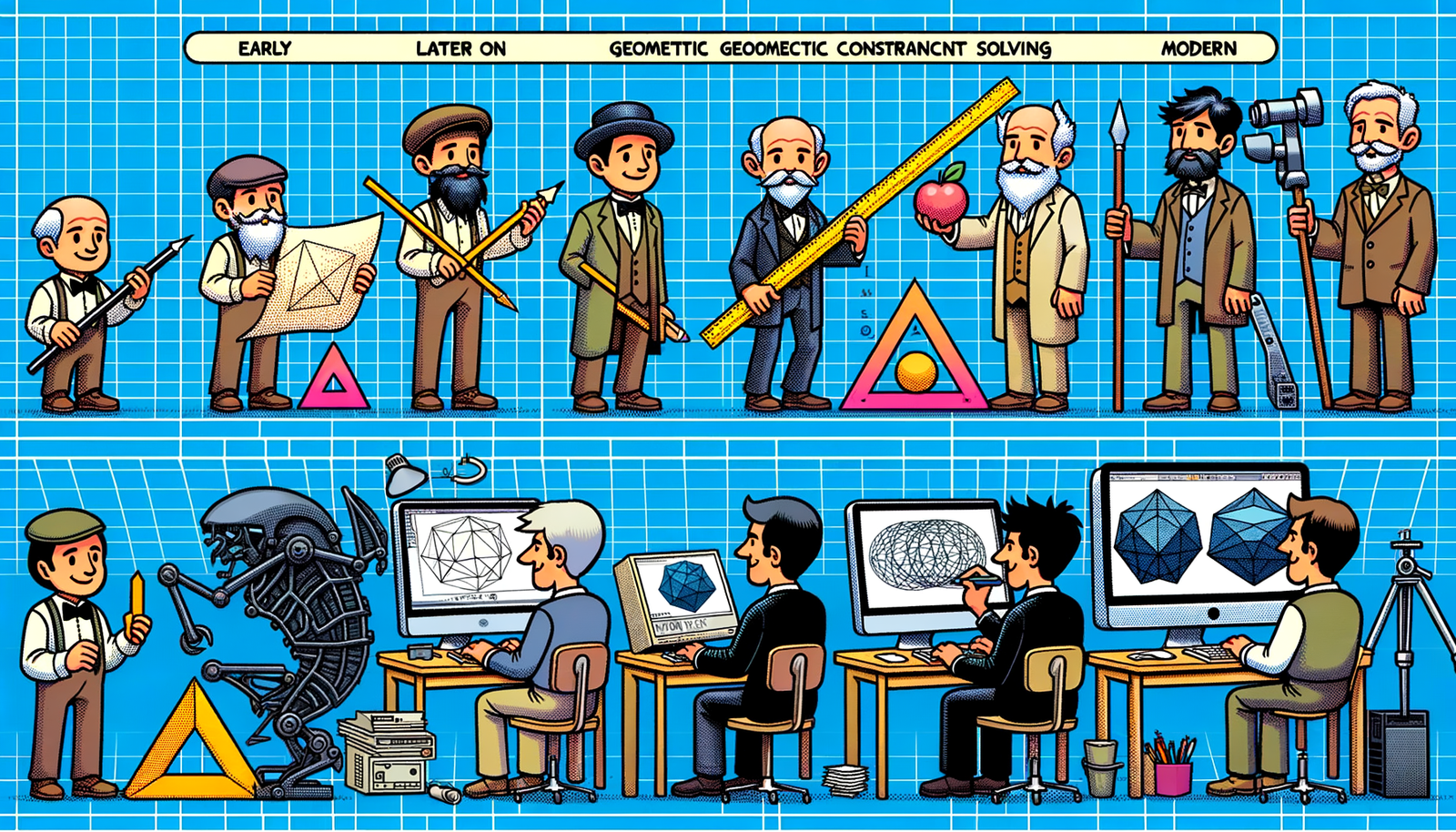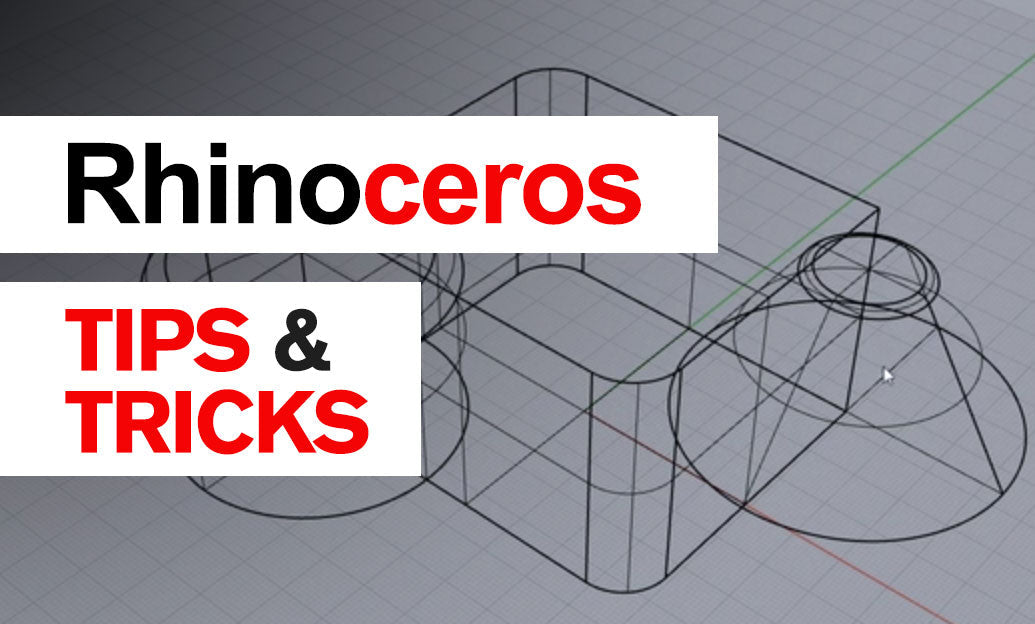Your Cart is Empty
Customer Testimonials
-
"Great customer service. The folks at Novedge were super helpful in navigating a somewhat complicated order including software upgrades and serial numbers in various stages of inactivity. They were friendly and helpful throughout the process.."
Ruben Ruckmark
"Quick & very helpful. We have been using Novedge for years and are very happy with their quick service when we need to make a purchase and excellent support resolving any issues."
Will Woodson
"Scott is the best. He reminds me about subscriptions dates, guides me in the correct direction for updates. He always responds promptly to me. He is literally the reason I continue to work with Novedge and will do so in the future."
Edward Mchugh
"Calvin Lok is “the man”. After my purchase of Sketchup 2021, he called me and provided step-by-step instructions to ease me through difficulties I was having with the setup of my new software."
Mike Borzage
Cinema 4D Tip: Maximizing Realism in Cinema 4D with Advanced Reflectance Channel Techniques
April 04, 2024 2 min read

Creating realistic materials in Cinema 4D often hinges on understanding and effectively utilizing the Reflectance Channel. This complex feature can be the difference between lifeless textures and surfaces that truly mimic real-world materials. Here's how to make the most out of the Reflectance Channel:
- Start with Presets: Cinema 4D offers a range of presets that can serve as a solid starting point. Experiment with these to understand how different settings affect the material's appearance.
- Layer Your Reflections: Real-world surfaces are rarely a single layer of reflectivity. Use multiple layers in the Reflectance Channel to simulate various coatings, like a clear coat on car paint or layered polish on wood.
- Use Fresnel: Most materials reflect light differently based on the viewing angle. Add a Fresnel to your reflectance layers to simulate this effect and increase realism.
- Adjust Roughness: Surfaces aren't perfectly smooth. Add roughness to scatter reflections, which can help simulate materials like brushed metal or matte paint.
- Anisotropy: Some materials, like brushed metal, have directional reflections. The Anisotropy setting can help you achieve this look by stretching the specular highlight.
- Consider the Environment: Reflections are not only about the material itself but also what surrounds it. Utilize HDRI maps or actual scene elements to provide something for your materials to reflect.
- Keep it Subtle: High reflectance values can quickly look artificial. Dial back the intensity for a more subtle and believable reflection, especially for diffuse surfaces.
- Utilize Specular Maps: For textured surfaces, specular maps in the Reflectance Channel can control which areas are more reflective, adding to the material complexity.
- Optimize for Rendering: While stacking layers creates realism, it can also increase render times. Balance quality with efficiency by optimizing settings like sample counts and layer reflectance.
For professionals looking to enhance their Cinema 4D materials, NOVEDGE (novedge.com) offers resources and software tools to elevate your 3D projects. Remember, the Reflectance Channel is a powerful tool in your arsenal to achieve photorealism in your renders, and mastering it can significantly set your work apart.
Implement these tips on your next project, and watch as your materials come to life with depth and realism that truly stand out.
You can find all the Cinema 4D products on the NOVEDGE web site at this page.
Also in Design News

Bluebeam Tip: Maximize PDF Security and Efficiency with Bluebeam Revu's Flatten Tool
December 02, 2024 1 min read
Read More
Design Software History: Evolution and Impact of Geometric Constraint Solving in CAD History
December 02, 2024 2 min read
Read More
Rhino 3D Tip: Enhancing Scale Modeling Accuracy in Rhino 3D: Essential Tips for Designers and Engineers
December 02, 2024 2 min read
Read MoreSubscribe
Sign up to get the latest on sales, new releases and more …


